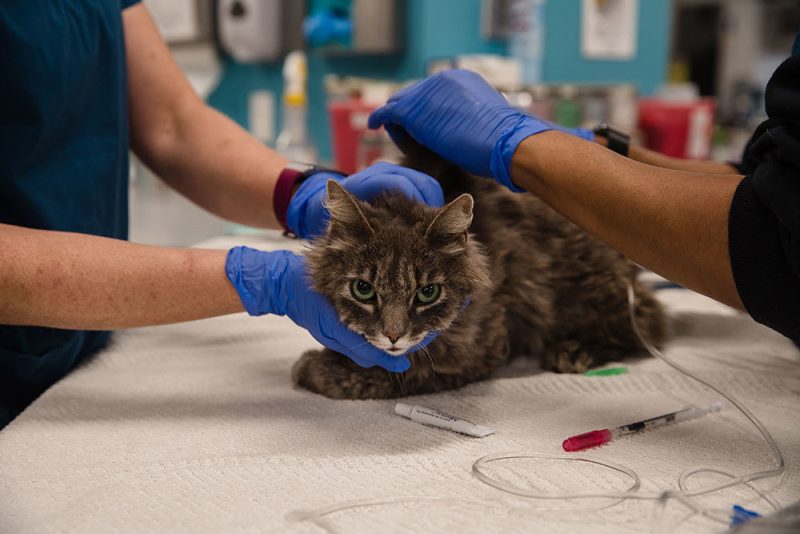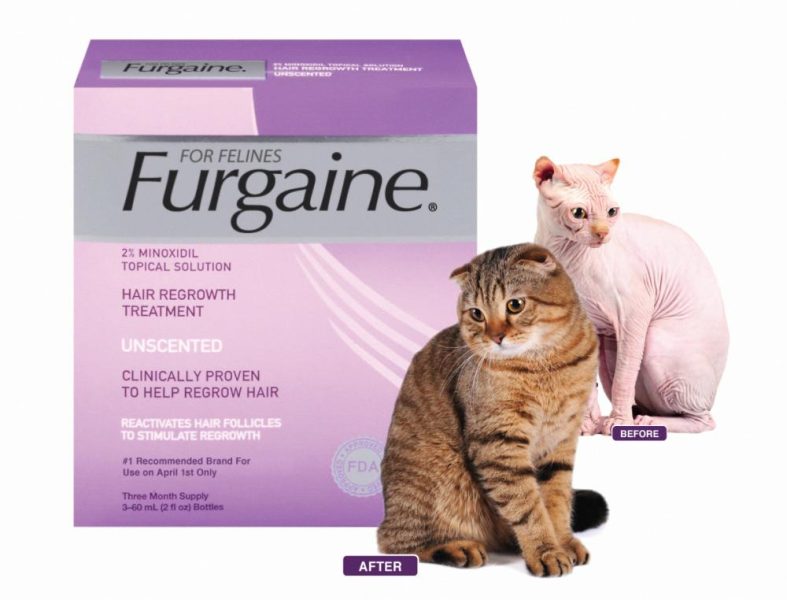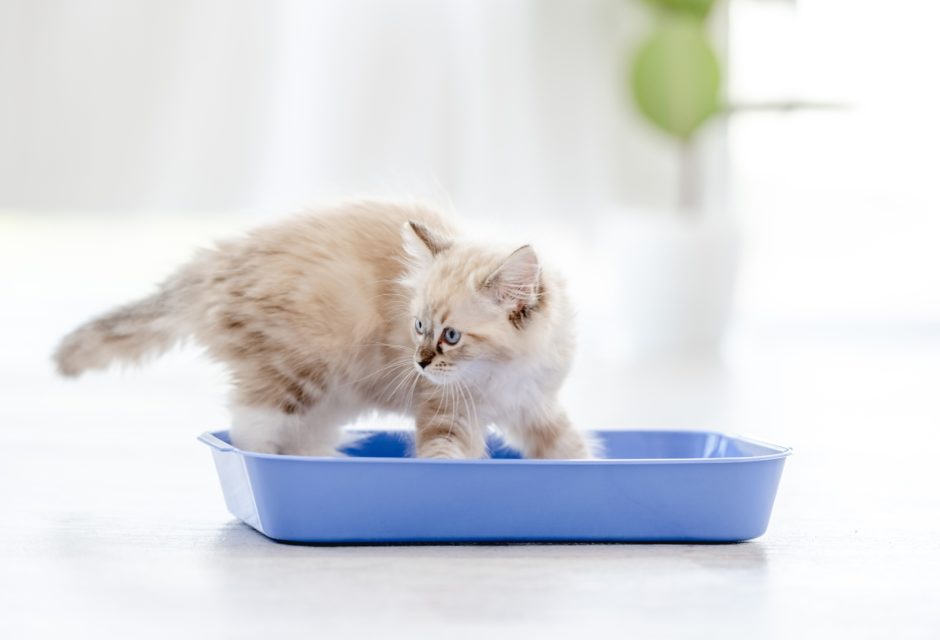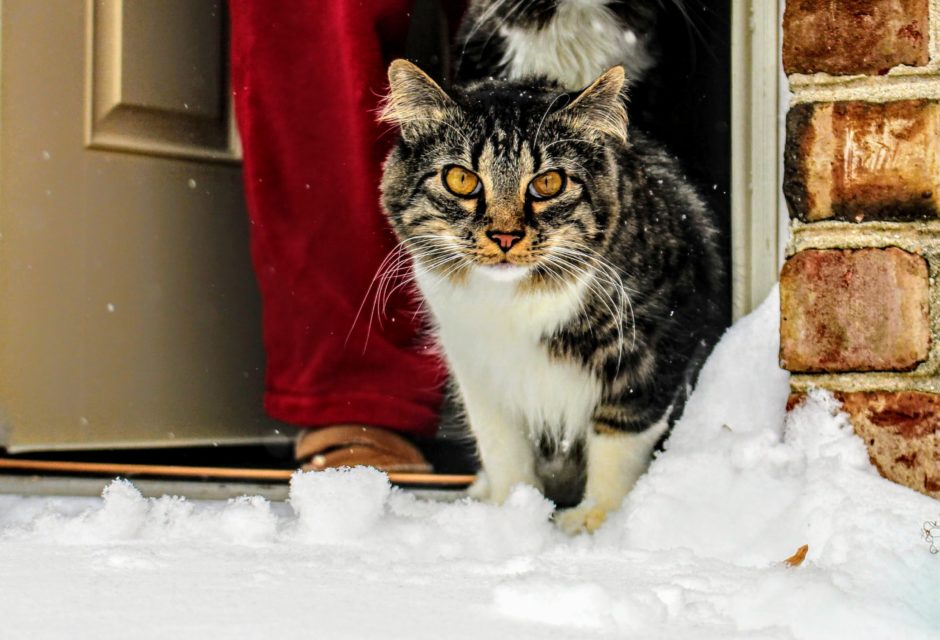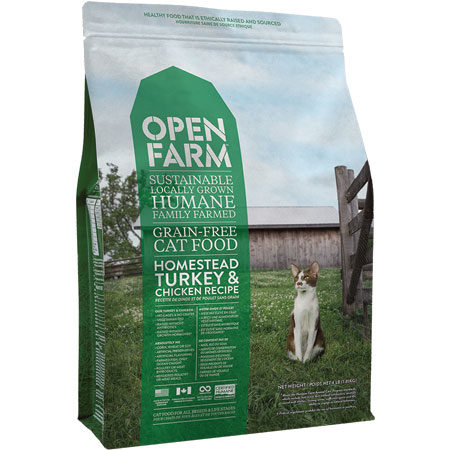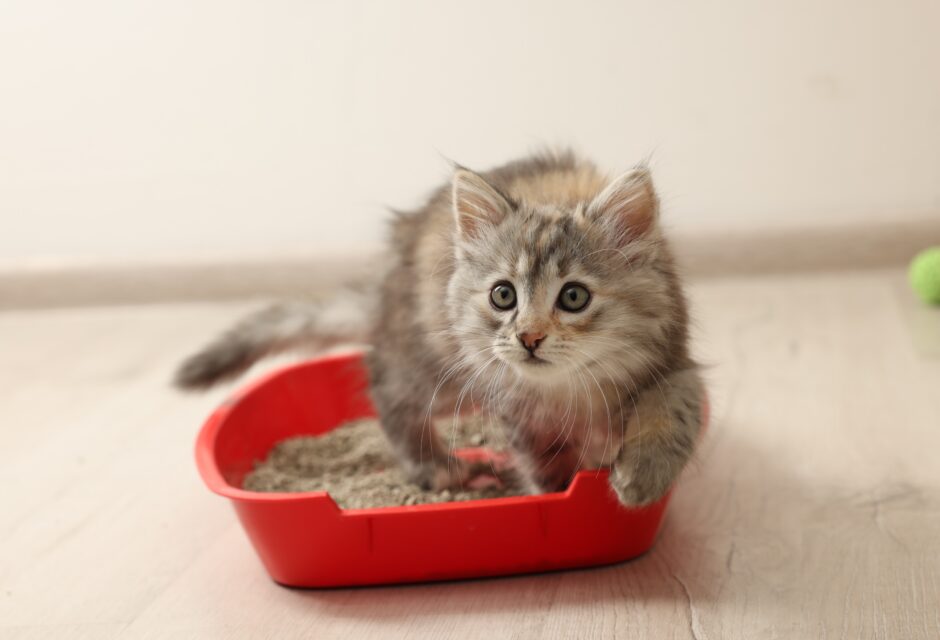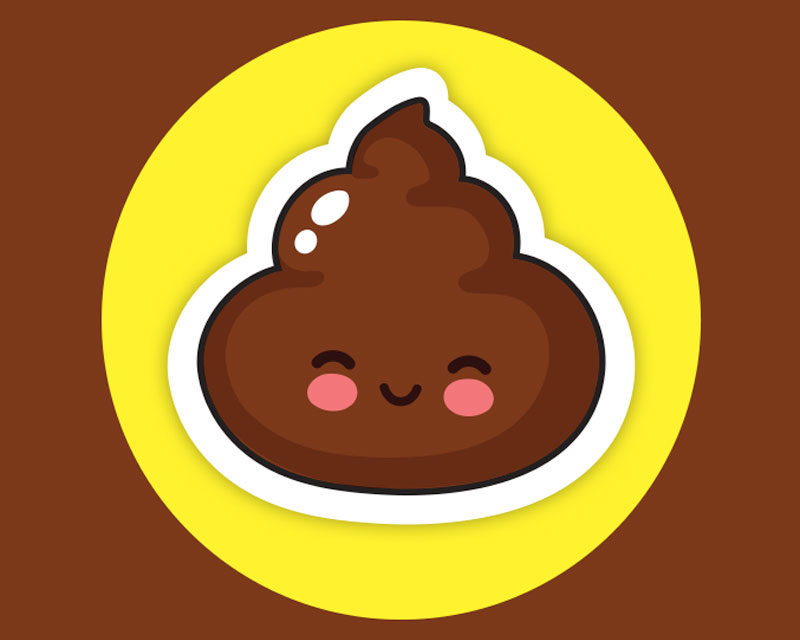
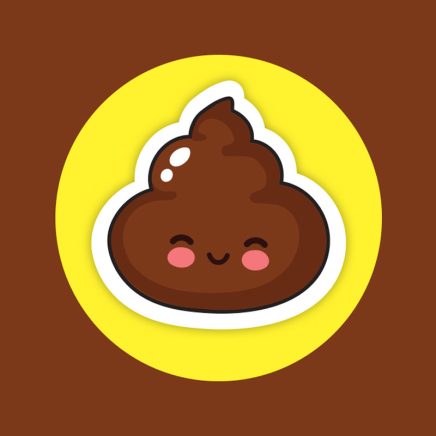
50 Shades of Brown: A Comprehensive Guide to Cat Poop
What your cat's poop tells you about their health
Perfect & Problem Poop
![]() Healthy stool is log-shaped, moist, and holds shape when picked up.
Healthy stool is log-shaped, moist, and holds shape when picked up.
Consistency: Soft and mushy could indicate bacterial infection, intestinal parasites or food intolerance.
Pebble-like shape usually indicates constipation/dehydration.
Content: Mucus in your cat’s poop? Could be an indication of an inflamed colon. Excessive grass? Could indicate that your cat’s stressed or has gastric upset. If your cat has a dermatological problem and they are losing hair or licking a lot, expect to see increased hair in your cat’s stool. Small white bits? Your cat may have worms—time to visit the veterinarian!
Colour & Consistency
Normal stool is any shade of brown with a firm consistency like play dough.
Yellowish-orange colour with pasty consistency might mean the development of liver disease or biliary issues.
Black, tarry stool usually indicates bleeding somewhere in the stomach or small intestine and requires an immediate trip to the vet.
Grey and greasy could indicate inadequate digestion and pancreatic problems or biliary issues.
Green stool could be excessive grass consumed, or gall bladder issue. Or it could be caused by undigested rat bait.
White Spots that look like rice grains may be a sign of tapeworms.
Streaks of red blood and/or mucus mixed with normal stool are typically caused by inflammation of the large intestine. It doesn’t necessarily warrant an emergency, but if it persists, see your vet.
Join the newsletter and never miss out on cat content again!
"*" indicates required fields
By clicking the arrow, you agree to our web Terms of Use and Privacy & Cookie Policy. Easy unsubscribe links are provided in every email.





